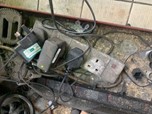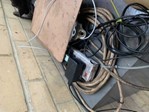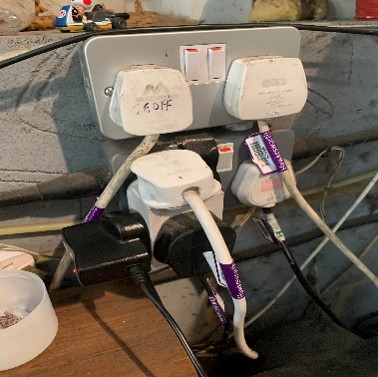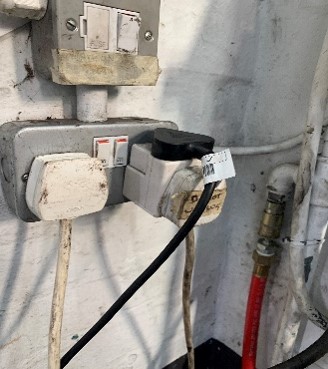EXTENSION CABLES, EXTENSION REELS, and MUTLI PLUG ADAPTORS
- KVF

- Feb 2, 2022
- 2 min read

Would you plug your home appliances at into this? Probably not. So why is it acceptable in the workplace? It’s not, but inadvertently overlooked.
So why are electrical extension leads commonly found in the workplace? Convenience? Cheap alternative to increase the number of sockets available? Changes in workplace layout and sockets become an afterthought? An increase in the number of electrical equipment used?
But, its only electricity... what harm can be done?
The Electricity at Work Regulations
‘The purpose of the Regulations is to prevent death or personal injury to any person from electrical causes in connection with work activities.’
The most common cause of workplace fires is; electrical faults due to overloaded sockets and plugs, faulty wiring, misuse and damaged equipment.
Fires may be started by electricity in a number of ways:
overheating of cables and electrical equipment due to overloading;
leakage currents due to poor or inadequate insulation;
overheating of flammable materials placed too close to electrical equipment which is otherwise operating normally;
the ignition of flammable materials by arcing or sparking of electrical equipment, including the scattering of hot particles from electrical equipment.
Trips and Falls
The use of extension cables can also contribute to an increase of trips and falls where they are often seen running across floors in the work areas.
Below is small selection of images showing examples of extension leads, multi-use adaptors and cable reels observed in the workplace.
Damaged cases can expose live cables that can lead to physical injury (burns, scalds) or arcing. Spillages, aerosols and other contaminants in the atmosphere leading to internal damage.
Multi plug adaptors – potential for overloading the socket and increased risk of fire!

How much load is going through that third plug?
Overloading – fire hazard!

Cable extension reel not fully unwound, potential to heat inside the core – fire hazard!

Exposed live cables through stretching of equipment or appliance, risk of electric shock and fire!
So what do I need to do?
Firstly, consider the installation of additional fixed wall sockets in order to reduce the need for extension cables in general.
Remove extension cables not required, you’ll be surprises how many are being used where not required, it’s become ‘custom and practice’.
Encourage employees to look at electrical equipment before they use it (user check).
Make sure that all portable equipment is visually inspected at initial intervals determined by the level of use. (Keep a record)
Arrange for equipment that is not double insulated to have a portable appliance test PAT (including leads).
Ensure that damaged or faulty equipment is recognised, removed from use without delay and either: repaired by someone competent, or disposed of to prevent its further use.
Review your maintenance system to determine whether you could decrease or increase your inspection and/or testing intervals. You may find it useful to keep records of all inspections and tests, and to label equipment with the result and date of the test, but there is no legal requirement to do either of these things.
For further information on this or any other Health & Safety related matter, please feel free to get in touch: info@kvf-consultants.co.uk and a member of our team will be happy to help.
Thank you for reading,
Jason Grant - Senior Safety Advisor, KVF









